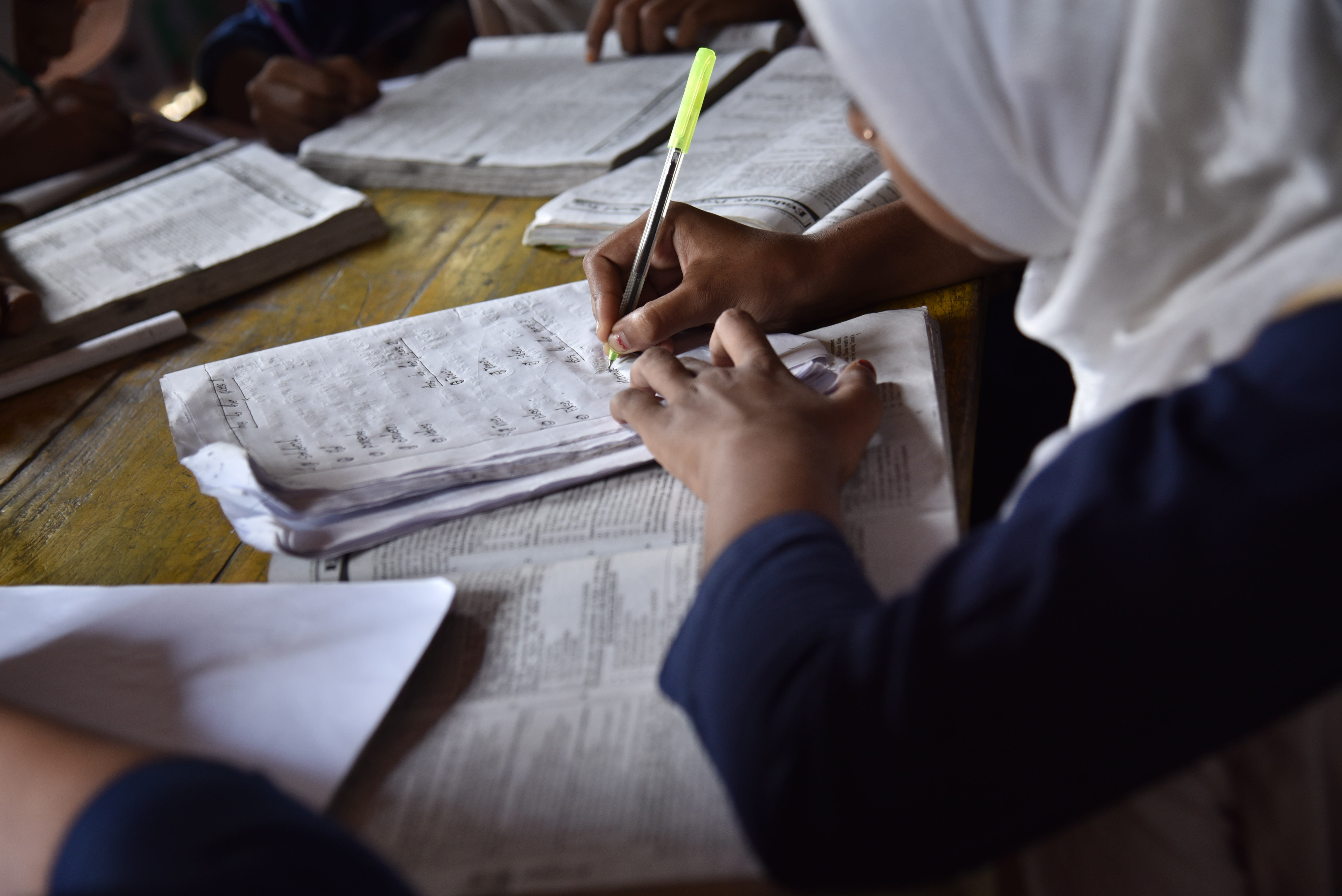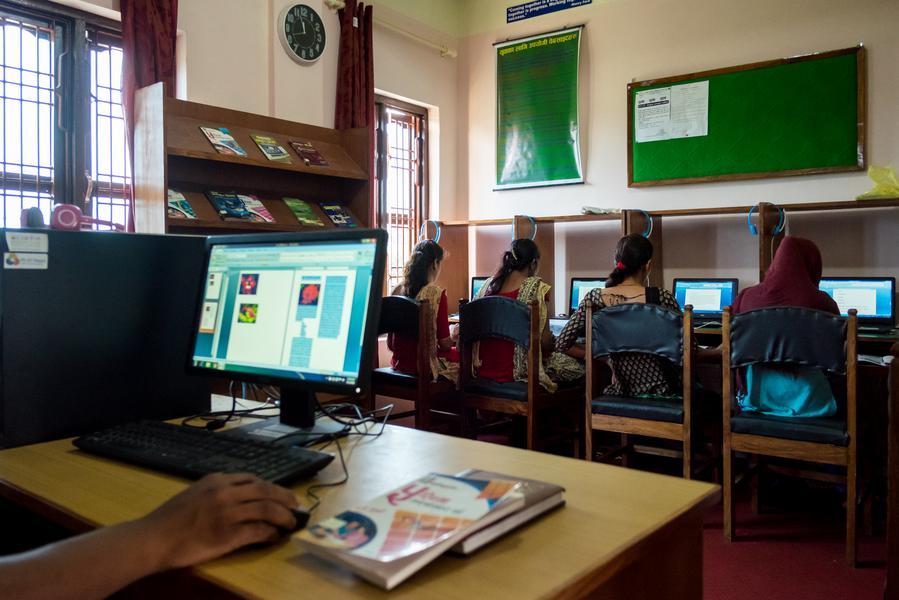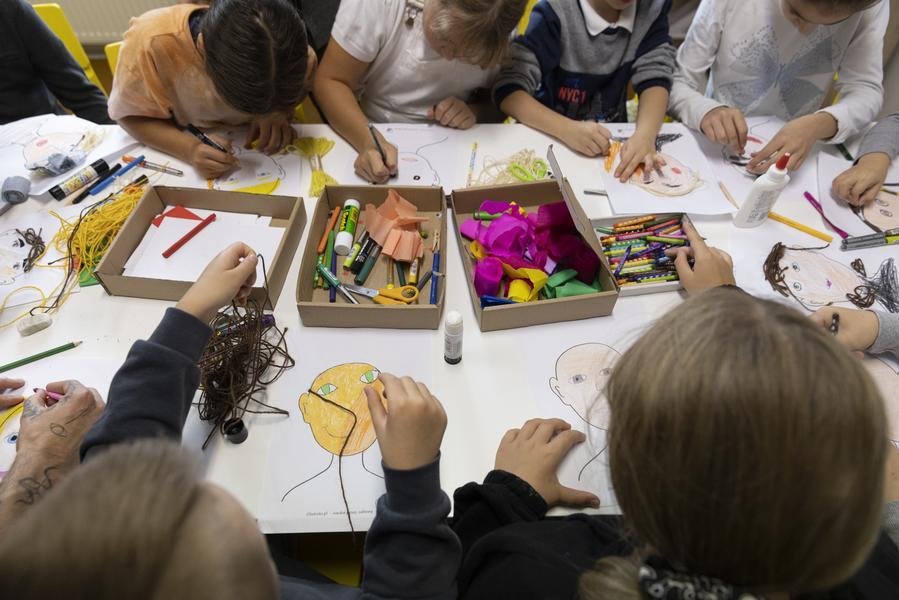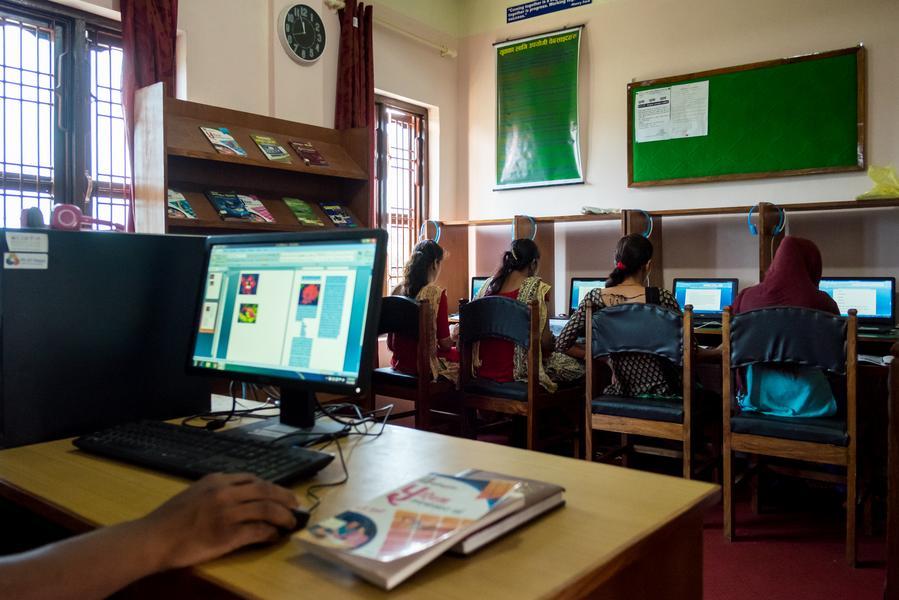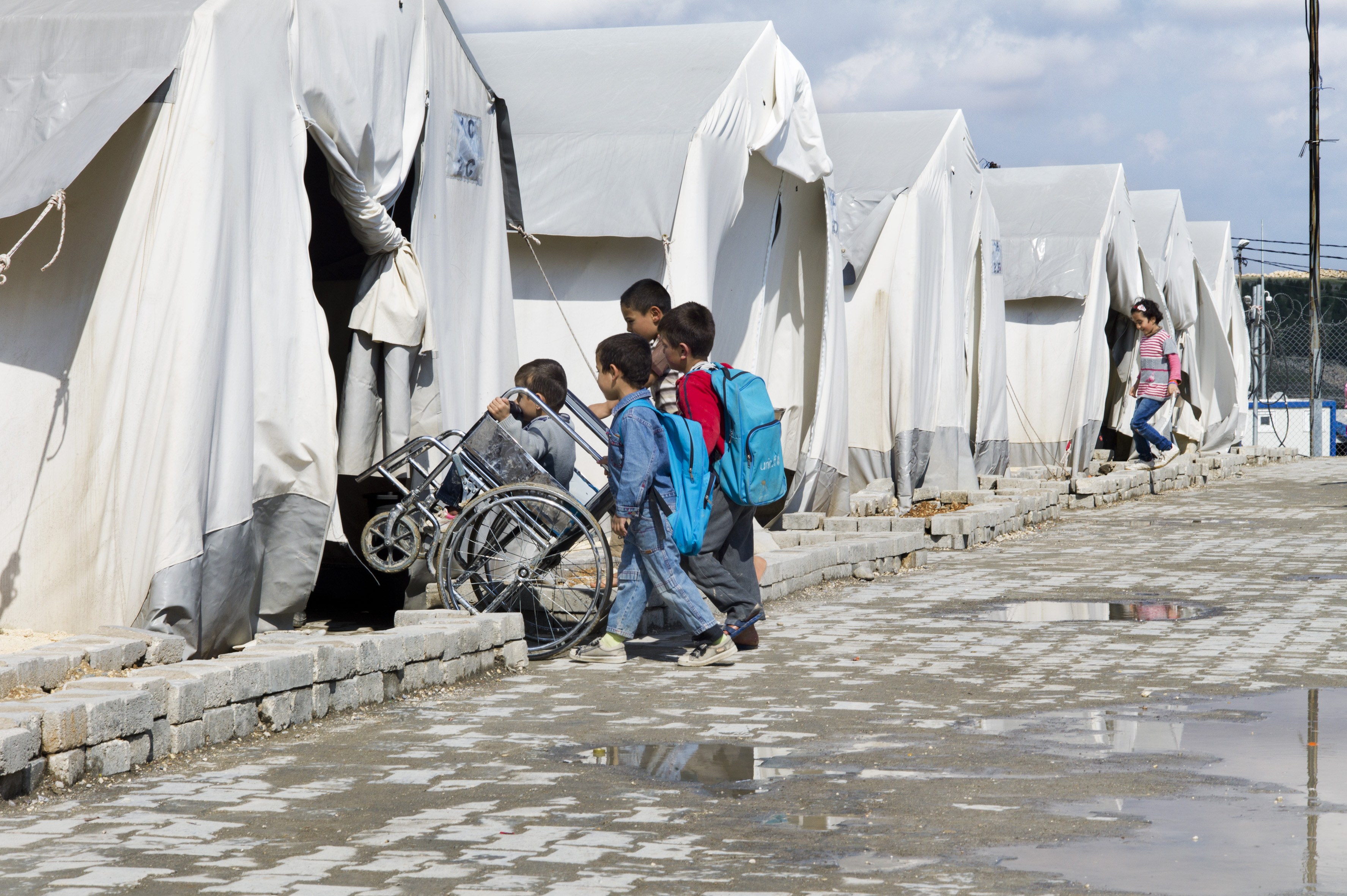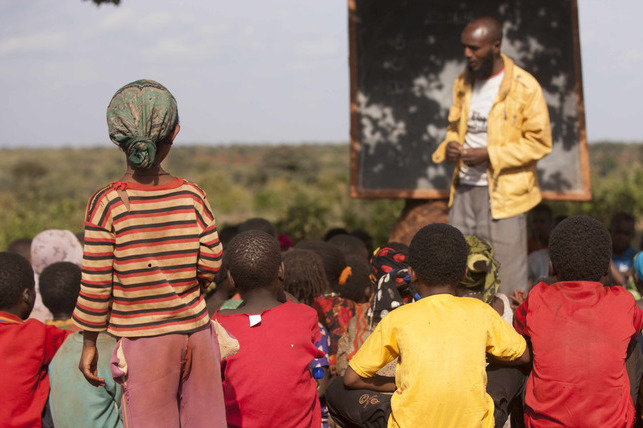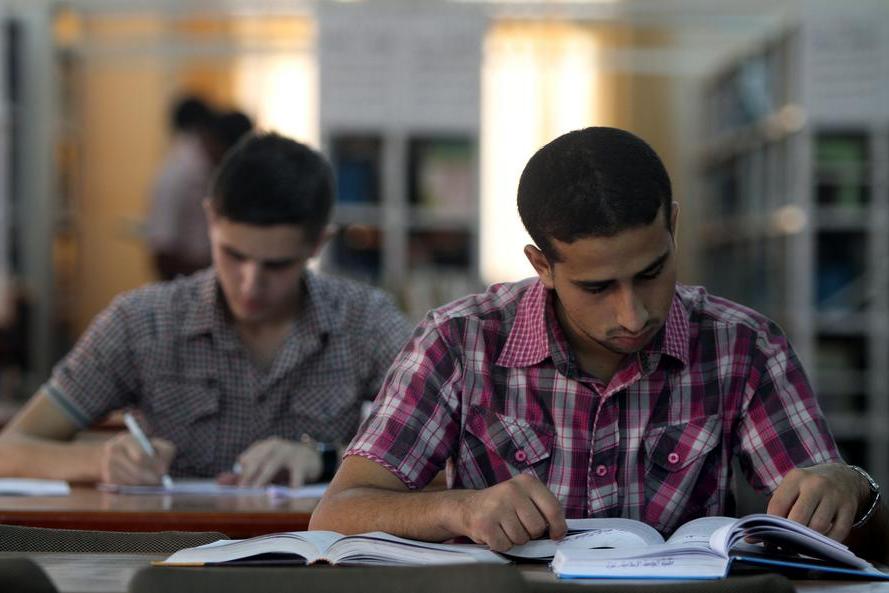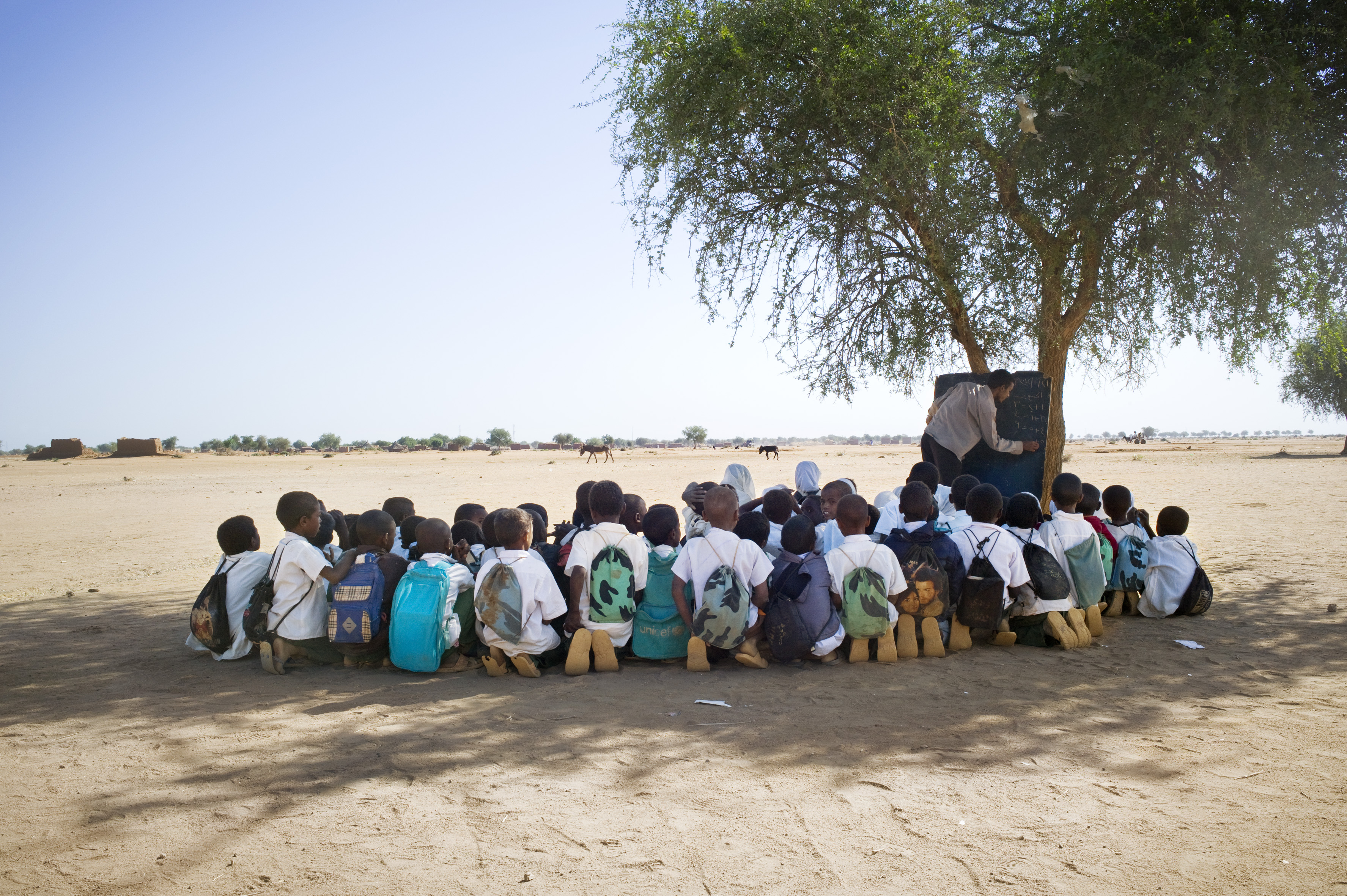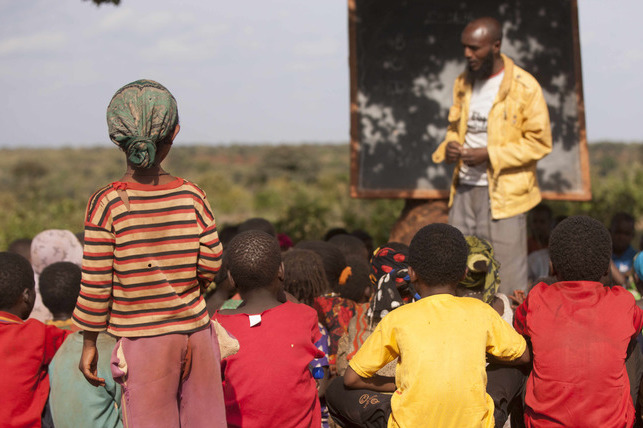
Policies
Disability Program | Ghana
Issue and the global context
According to the 2011 World Report on Disability, there is a global population of children under the age of 14 with disabilities estimated between 93 and 150 million. In Africa, around 6.4% of children in this age group have moderate or severe disabilities, yet less than 10% of all children with disabilities attend school; these estimates are from the time when the intervention was about to be implemented; hence, they are crucial to understanding the context.
Exclusion of children with disabilities from education has significant economic repercussions at various levels, including the family, community, and country. The lack of access to schooling can hinder their ability to earn income and maintain long-term financial stability as adults. Recent studies highlight the positive economic impact of education for children with disabilities. In contrast, excluding persons with disabilities from the labor market can lead to economic losses ranging from 3% to 7% of a country's GDP.
Solution
This initiative aims to enhance systematic reinforcement of educational and social inclusion efforts at the primary-school level through two primary goals: first, by developing a structure to convert current special schools and regional assessment centers into inclusive education resource centers, alongside providing pilot training to staff for their adjusted roles; and second, by enhancing community awareness through bolstering civil society networks. The total grant awarded for this endeavor is $250,000
Analysis
The initiative would require extensive and comprehensive monitoring and evaluation mechanisms to ensure the impact of the intervention on the beneficiaries.

